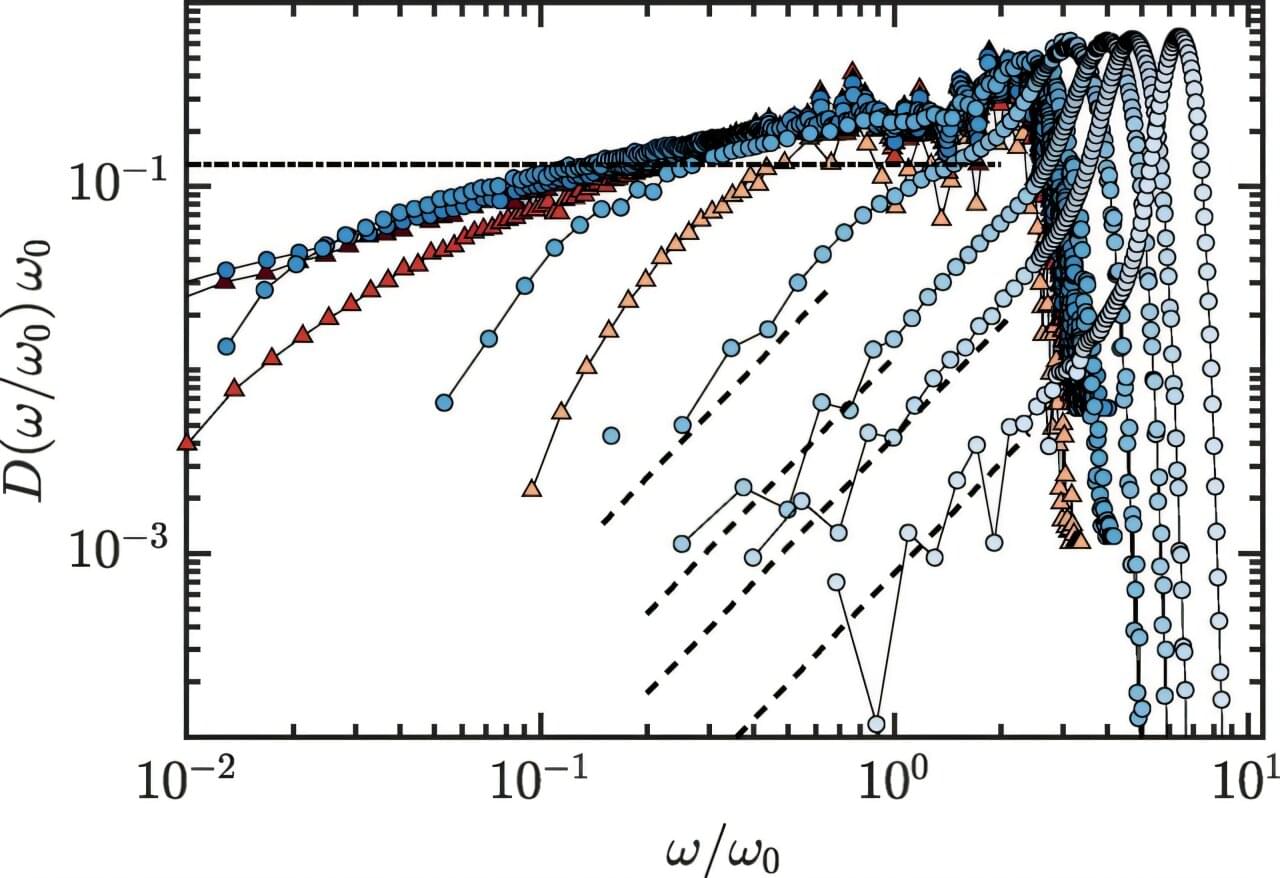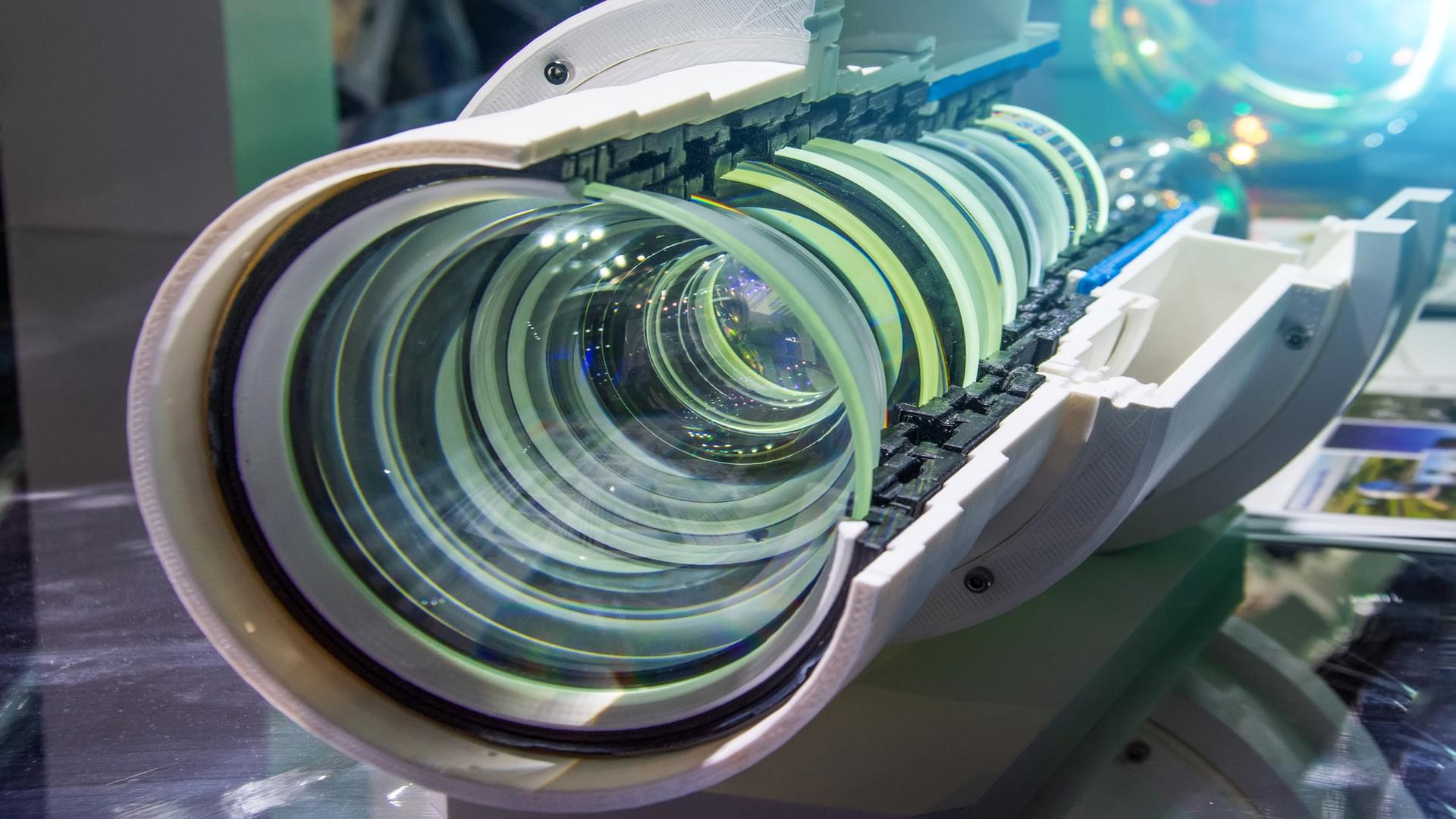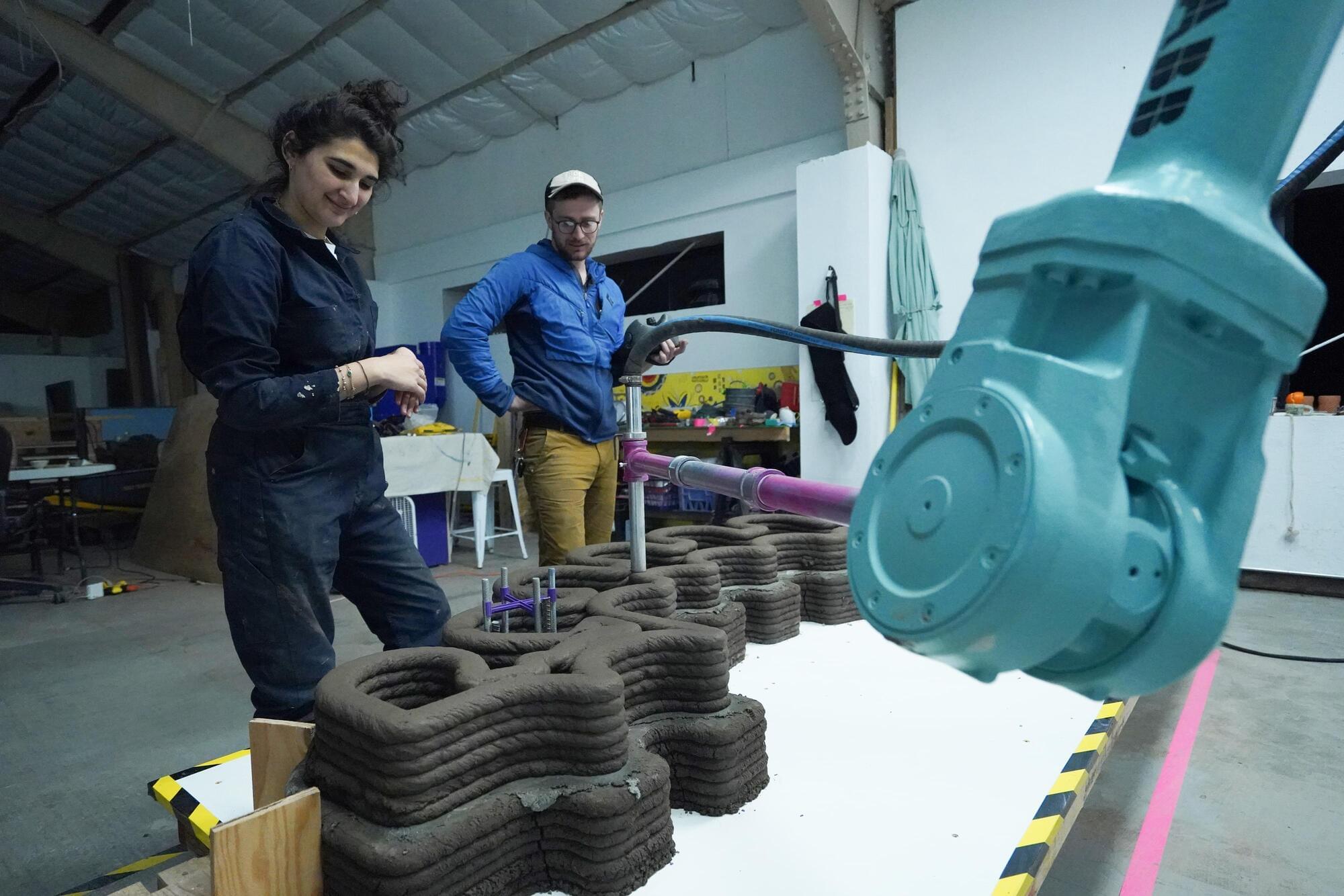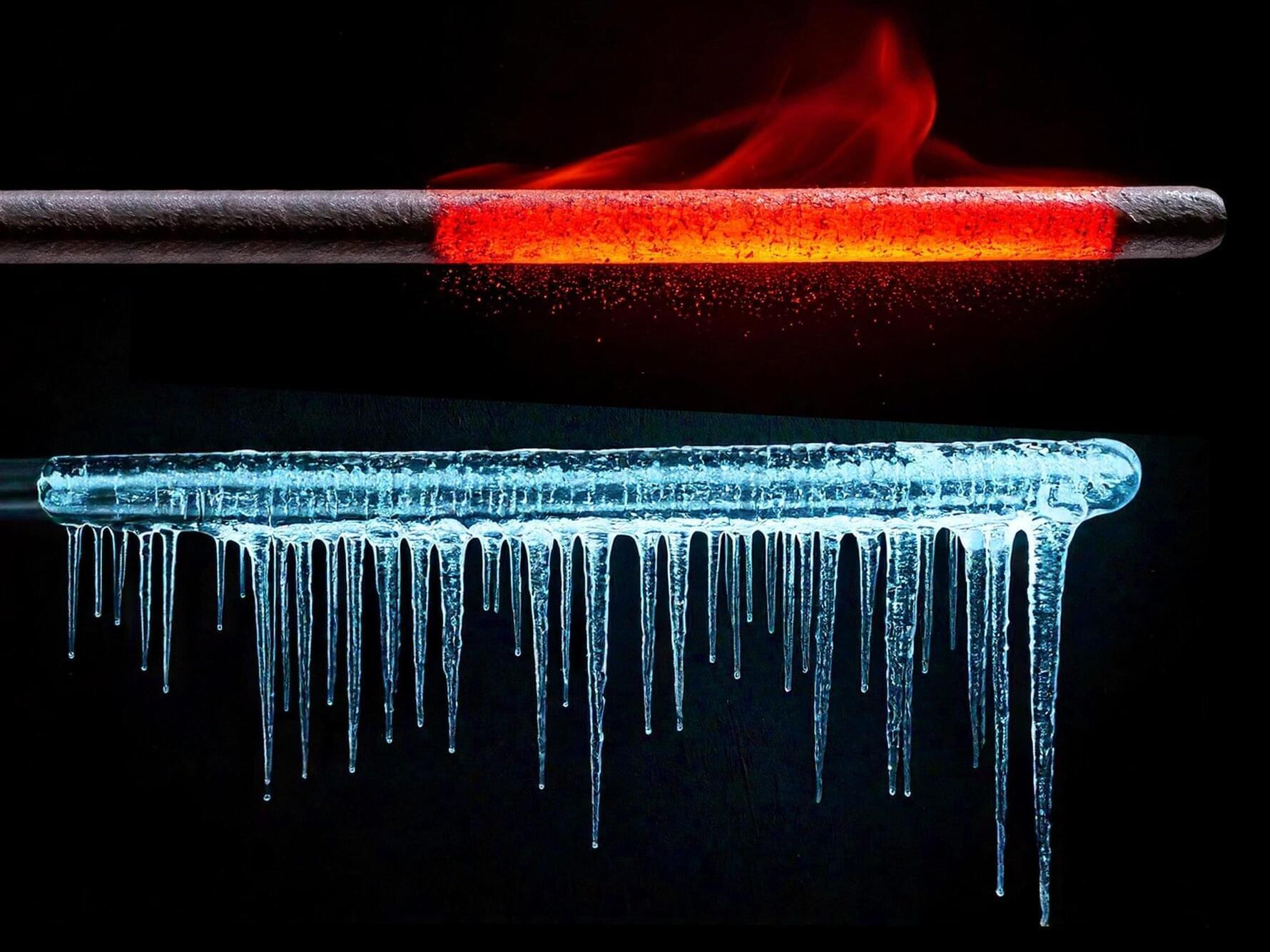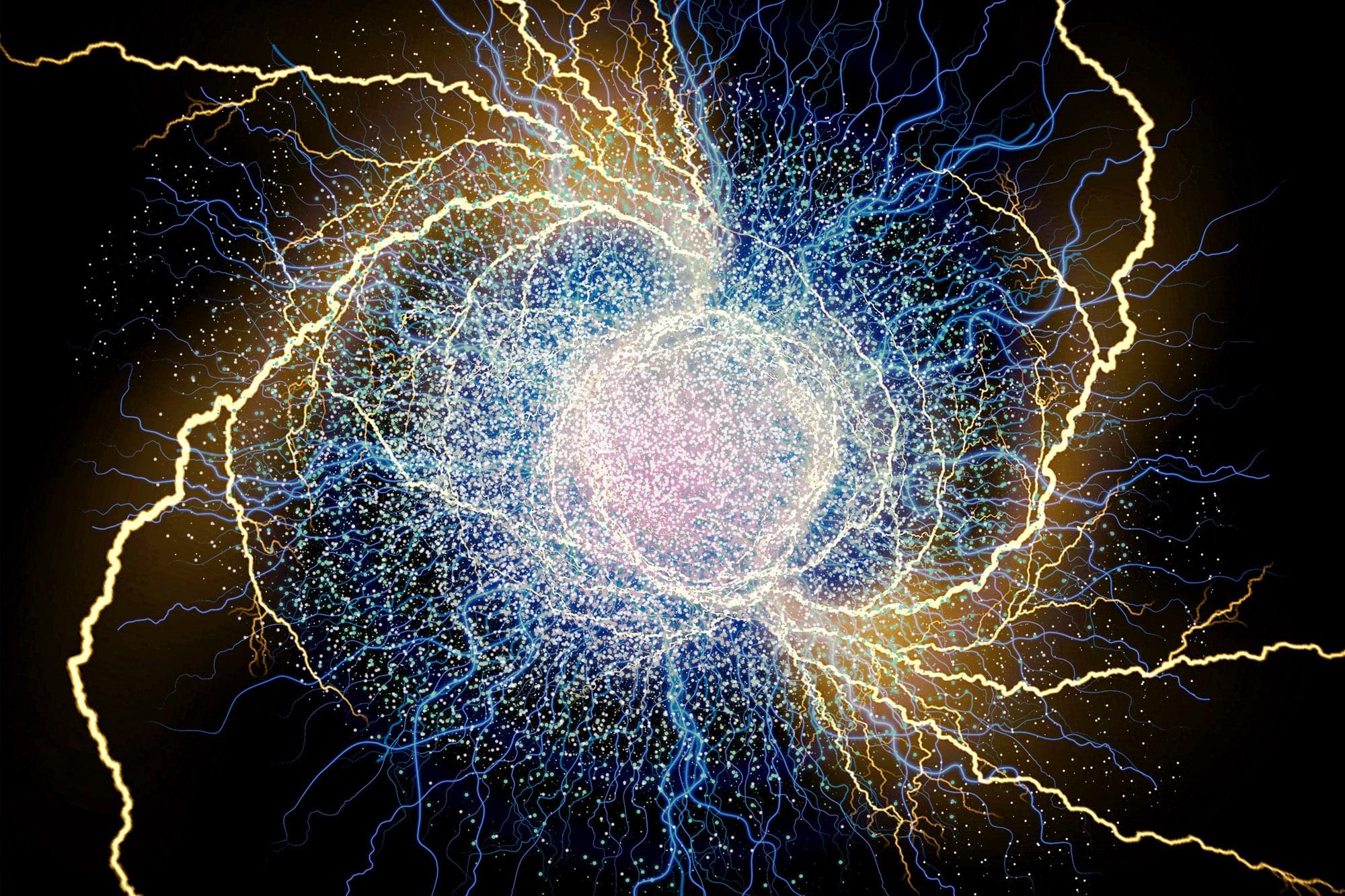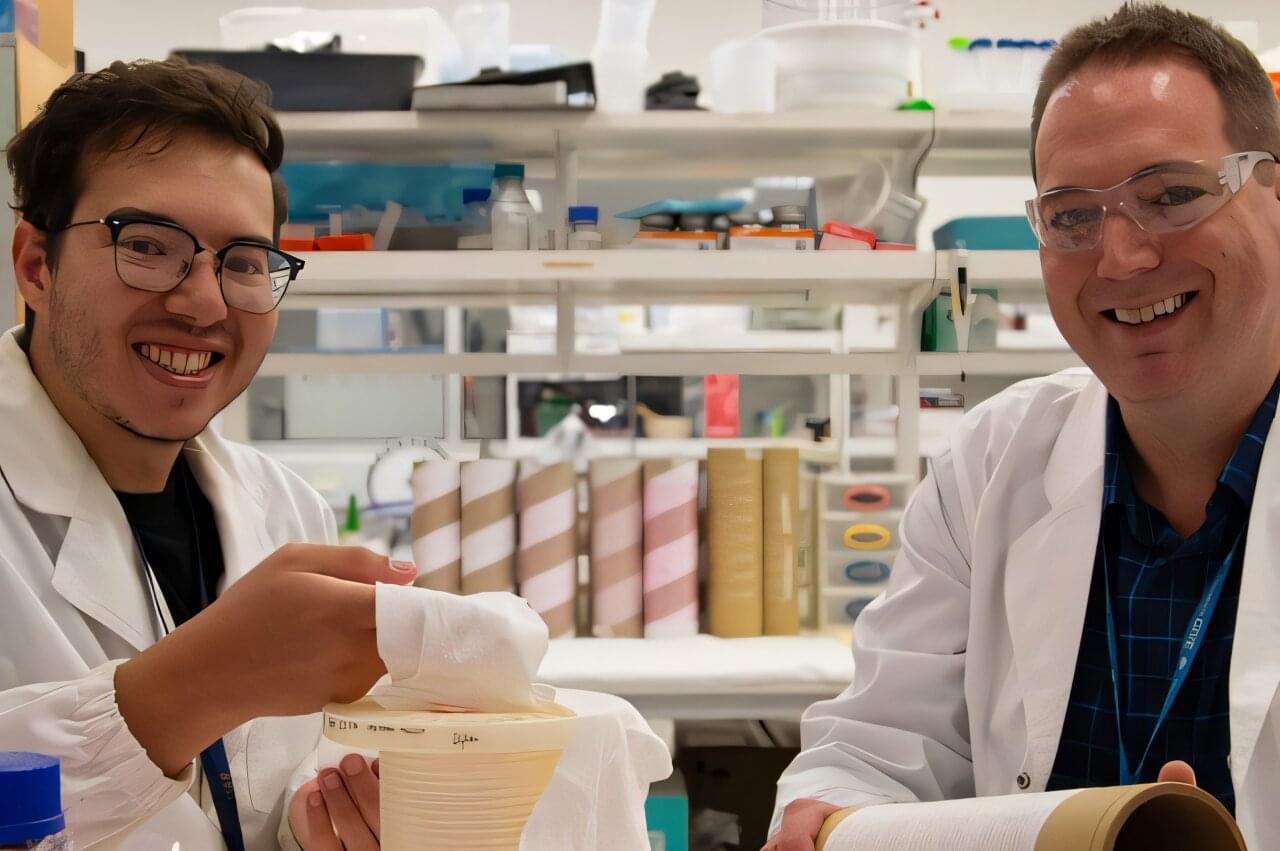A collaborative study published in Nature reveals an innovative strategy to enhance energy storage in antiferroelectric materials.
The study, conducted by researchers from the Hefei Institutes of Physical Science of the Chinese Academy of Sciences, Tsinghua University, Songshan Lake Materials Laboratory, and the University of Wollongong, introduces the antipolar frustration strategy, which significantly improves the performance of dielectric capacitors that are crucial for high-power devices requiring fast charge and discharge rates.
Antiferroelectrics, which feature an antiparallel polarization configuration, are emerging as promising materials for energy storage due to their phase transition from antiferroelectric to ferroelectric under an electric field. This transition provides high polarization strength and near-zero remanent polarization, ideal for energy storage.




